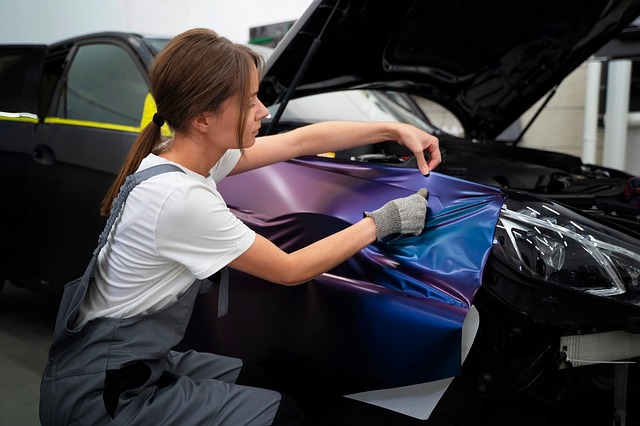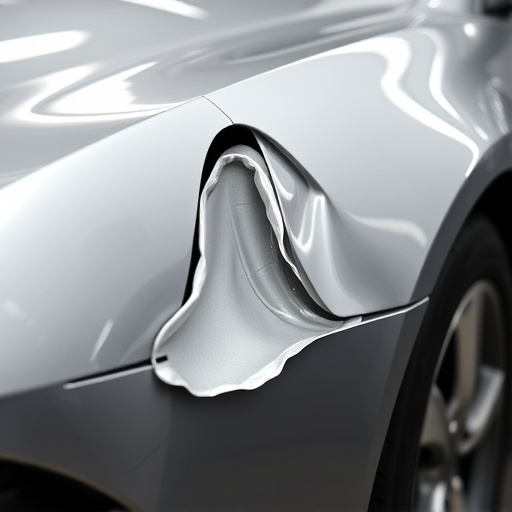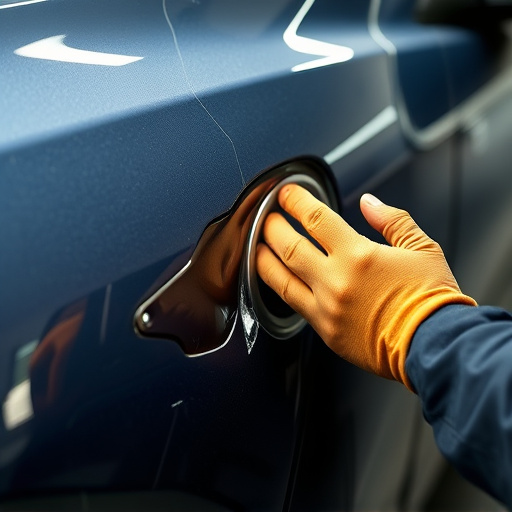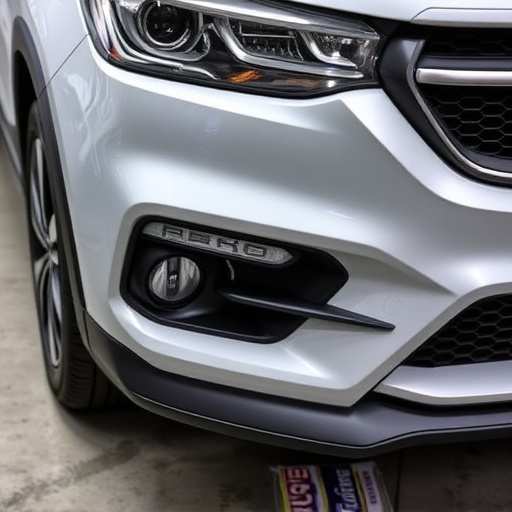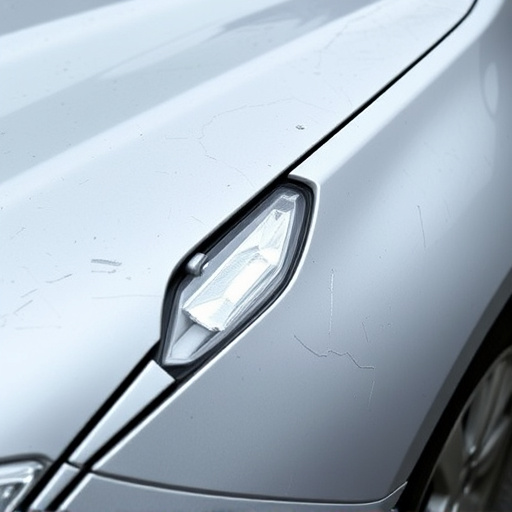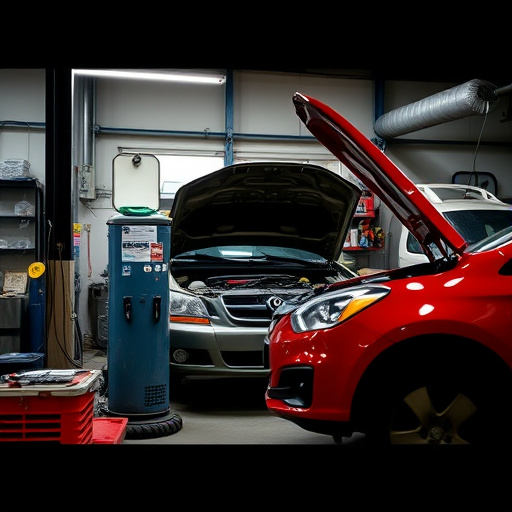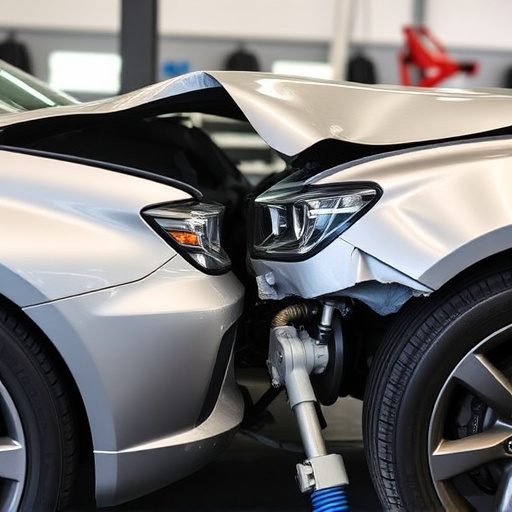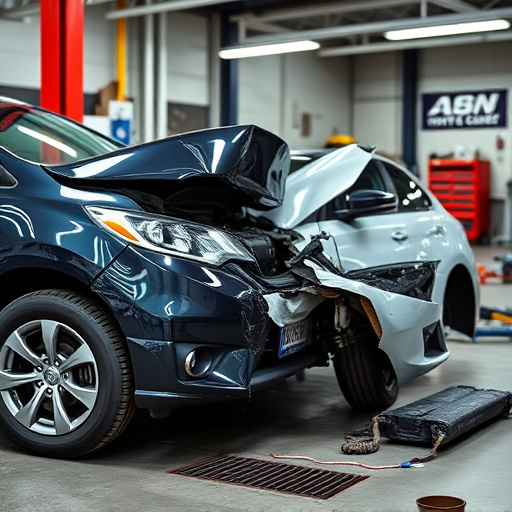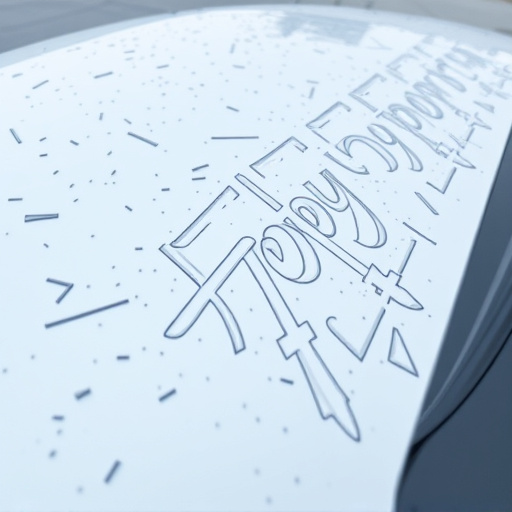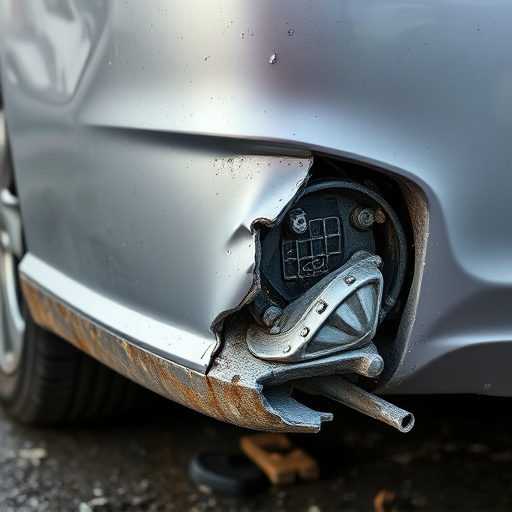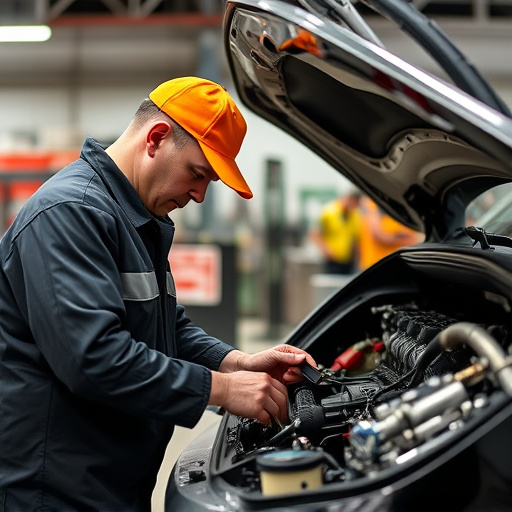The automotive industry shifts towards aluminum body components for safety and performance, reducing weight for fuel efficiency while integrating carbon fiber components to enhance crash protection. Carbon fiber's strength and durability make it ideal for restoration and auto glass replacement, improving overall vehicle safety without the high cost typically associated with its use.
Aluminum body components have become a game-changer in the automotive industry, offering improved safety features and performance. This article explores the impact of aluminum on vehicle safety, comparing it to traditional metals. We delve into weight reduction techniques and their effect on crash performance, analyzing how these innovations contribute to better safety outcomes. Furthermore, we discuss the integration of carbon fiber components, which take safety to new heights by enhancing structural integrity and reducing weight even further.
- Traditional Metal vs. Aluminum: Safety Considerations
- Weight Reduction and Crash Performance Analysis
- Carbon Fiber Components: Enhancing Safety Further
Traditional Metal vs. Aluminum: Safety Considerations
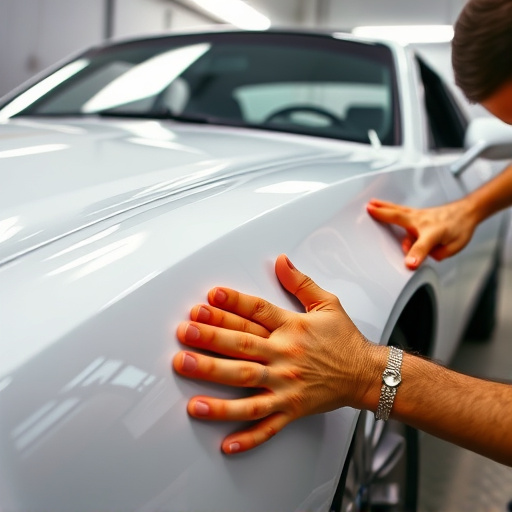
In the automotive industry, the choice between traditional metal and aluminum body components is a significant factor in vehicle safety. Aluminum has long been recognized for its lightweight properties, which can enhance fuel efficiency and improve overall vehicle performance. However, when it comes to safety, there are distinct considerations. Traditional metals, such as steel, have been the standard for many years due to their superior strength and ability to absorb and distribute crash energy effectively. This is crucial in high-impact situations, ensuring passenger protection.
In contrast, aluminum, while lightweight, has unique characteristics that impact safety. It is less ductile than steel, meaning it may not deform as much during a collision, potentially leading to different crash behavior. However, this can also result in reduced energy absorption compared to traditional metal components. Modern automotive manufacturers are addressing these challenges by combining aluminum with other advanced materials, such as carbon fiber components, to create hybrid structures that offer the best of both worlds—lightweight construction and enhanced safety features, making them a popular choice among auto repair shops and car paint services for their innovative approach to vehicle design.
Weight Reduction and Crash Performance Analysis
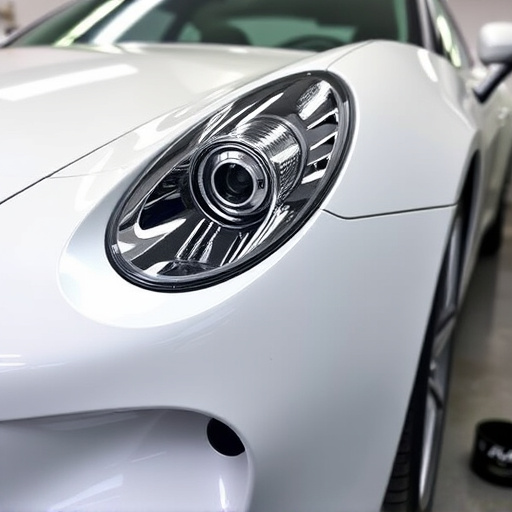
The use of aluminum body components has revolutionized the automotive industry by significantly contributing to enhanced vehicle safety and performance. One of the most notable benefits is weight reduction, which plays a pivotal role in crash performance analysis. Aluminum is renowned for its exceptional strength-to-weight ratio, making it a superior alternative to traditional materials like steel. By incorporating aluminum panels, frames, and structures, modern vehicles become lighter, resulting in improved fuel efficiency and reduced emissions.
In the event of a collision, lightweight aluminum components demonstrate remarkable deformation properties, absorbing and distributing crash energy effectively. This controlled deformation helps in reducing the impact on occupants, minimizing the risk of severe injuries. Moreover, the high strength-to-weight ratio ensures that aluminum vehicles maintain structural integrity during accidents, enhancing overall safety. Unlike carbon fiber components, which are expensive and primarily used in high-end sports cars, aluminum offers a more accessible solution for mainstream vehicle manufacturers while still delivering outstanding crash performance, making it an increasingly popular choice in the pursuit of safer automobiles.
Carbon Fiber Components: Enhancing Safety Further

Carbon fiber components have emerged as a game-changer in the automotive industry, offering significant advantages in terms of strength and weight reduction. These advanced materials are lightweight yet remarkably robust, which is a crucial factor in enhancing vehicle safety. By incorporating carbon fiber into various body components, manufacturers can create a lighter and stiffer structure, improving overall crash performance. This material’s exceptional stiffness-to-weight ratio ensures that in the event of a collision, the energy is dissipated more efficiently, reducing the risk of structural failure.
Moreover, carbon fiber’s superior durability makes it an ideal choice for automotive restoration projects, where replacing or repairing damaged body panels is common. Unlike traditional materials, carbon fiber components are less prone to corrosion and can withstand extreme conditions, ensuring long-lasting performance. This benefit extends to auto glass replacement and repair as well, as the strength of carbon fiber structures can help maintain the integrity of windows and windshields, enhancing safety during high-speed driving.
Aluminum body components have proven their worth in enhancing vehicle safety, offering lightweight solutions that improve crash performance without compromising structural integrity. While traditional metals still hold value, the integration of aluminum throughout a vehicle’s construction is a significant step forward. Furthermore, exploring advanced materials like carbon fiber components promises an even greater level of safety and performance optimization in future automotive designs.
